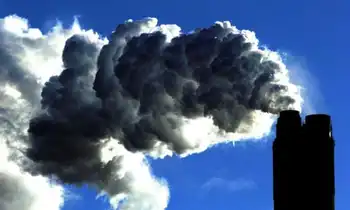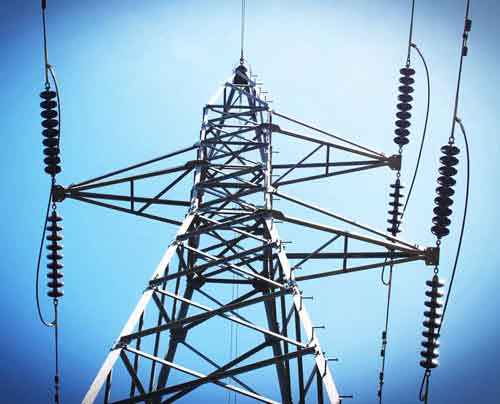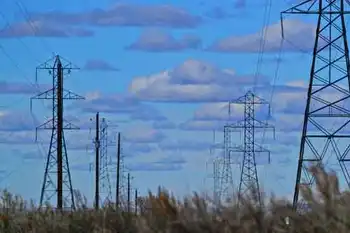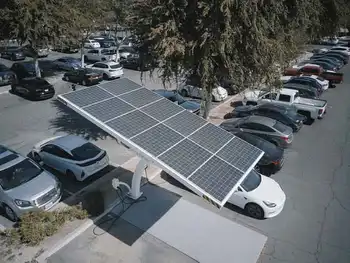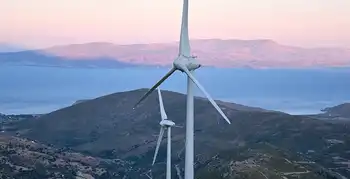Obama sets 2035 clean energy target
By Reuters
CSA Z463 Electrical Maintenance
Our customized live online or in‑person group training can be delivered to your staff at your location.

- Live Online
- 6 hours Instructor-led
- Group Training Available
Obama also called for investment in clean technologies and urged Congress to eliminate billions of dollars in subsidies for oil companies.
"I don't know if you've noticed, but they're doing just fine on their own," Obama said about oil company profits. "So instead of subsidizing yesterday's energy, let's invest in tomorrow's."
Such a move, which Obama has repeatedly urged since taking office in 2009, would hit U.S. operations of oil majors such as Exxon Mobil, British Petroleum and ConocoPhillips. In last year's budget Obama had called for an end to nearly $40 billion in subsidies for oil, gas and coal companies, a proposal that failed.
But while he took aim again at oil companies, Obama sought a centrist message on an issue that has sharply divided Washington, saying nuclear power and two fossil fuels, clean coal and natural gas, would be needed to meet a goal of 80 percent clean energy in less than 25 years.
"Some folks want wind and solar. Others want nuclear, clean coal, and natural gas," Obama said. "To meet this goal, we will need them all and I urge Democrats and Republicans to work together to make it happen."
After a comprehensive energy bill that included a cap and trade market on carbon emissions failed in the Senate, Obama said last year that climate change policy would have to be achieved in smaller chunks.
Josh Freed, the director of the clean energy program at the nonpartisan think tank Third Way, said Obama's inclusion of nuclear power and natural gas in his targets for clean energy could attract the necessary votes in Congress.
"There's a large faction of Republicans and some Democrats who don't believe we can make the transition to clean energy without including nuclear power," he said.
A group of bi-partisan senators tried last year to push a clean energy mandate that did not include nuclear, clean coal or natural gas, but the measure was not brought up for a vote, in part because it was uncertain whether there was enough support.
The power industry has been hoping for a so-called nuclear energy renaissance, but investors have been hesitant to put money in new plants that can cost up to $10 billion.
To help push investments, the Department of Energy has offered billions in loan guarantees to help build the first U.S. nuclear power plant in nearly three decades.
Capturing the greenhouse gas carbon dioxide from power plants and burying it underground before it reaches the smokestack, is the main clean coal technology.
Energy experts say clean coal will be needed in order to cut greenhouse gas emissions dramatically since the country currently gets about half of its power from the fossil fuel.
In his speech, Obama cast the call for more investment in clean energy research on technologies both as a way for the United States to become more energy independent and as a challenge to surpass rapidly developing countries like China and India on development of renewable energy.
"With more research and incentives, we can break our dependence on oil with biofuels, and become the first country to have 1 million electric vehicles on the road by 2015," he said.
However, some Republicans were quickly dismissive of Obama's comments on energy, saying the administration should also focus on conventional energy by loosening restrictions on drilling for domestic oil.
"Today, American families are facing the harsh realities of rising gas prices, higher electricity costs and near double-digit unemployment," said Doc Hastings, the chairman of the House Natural Resources Committee.
"Instead of addressing these issues head-on, the Administration has spent the past two years blocking access to America's resources that create jobs and produce more energy."





